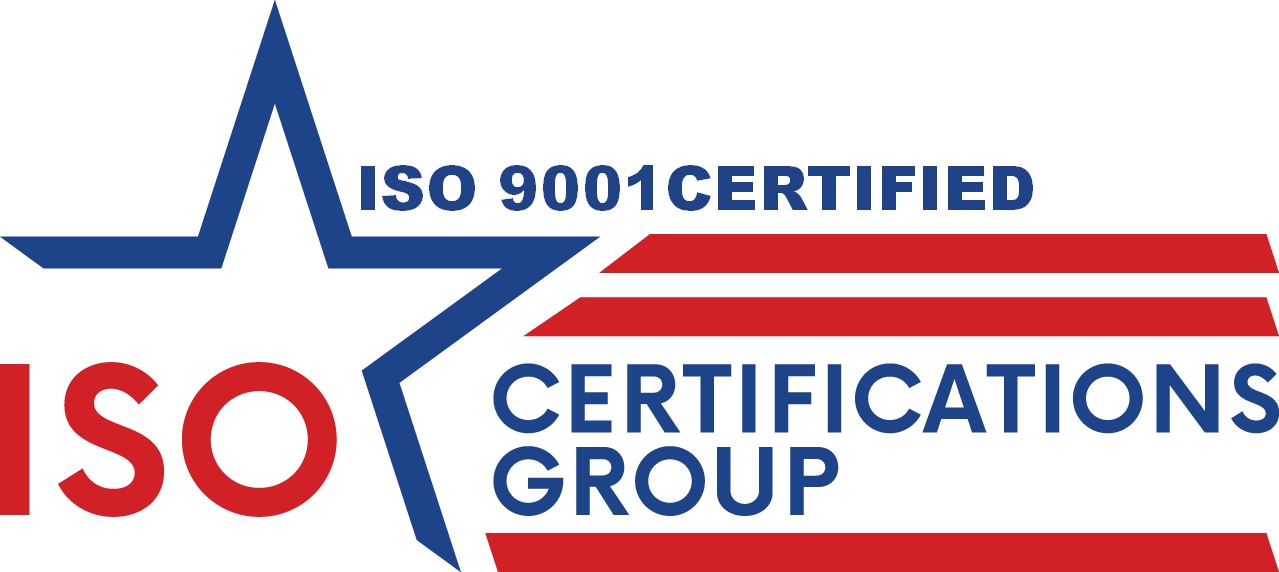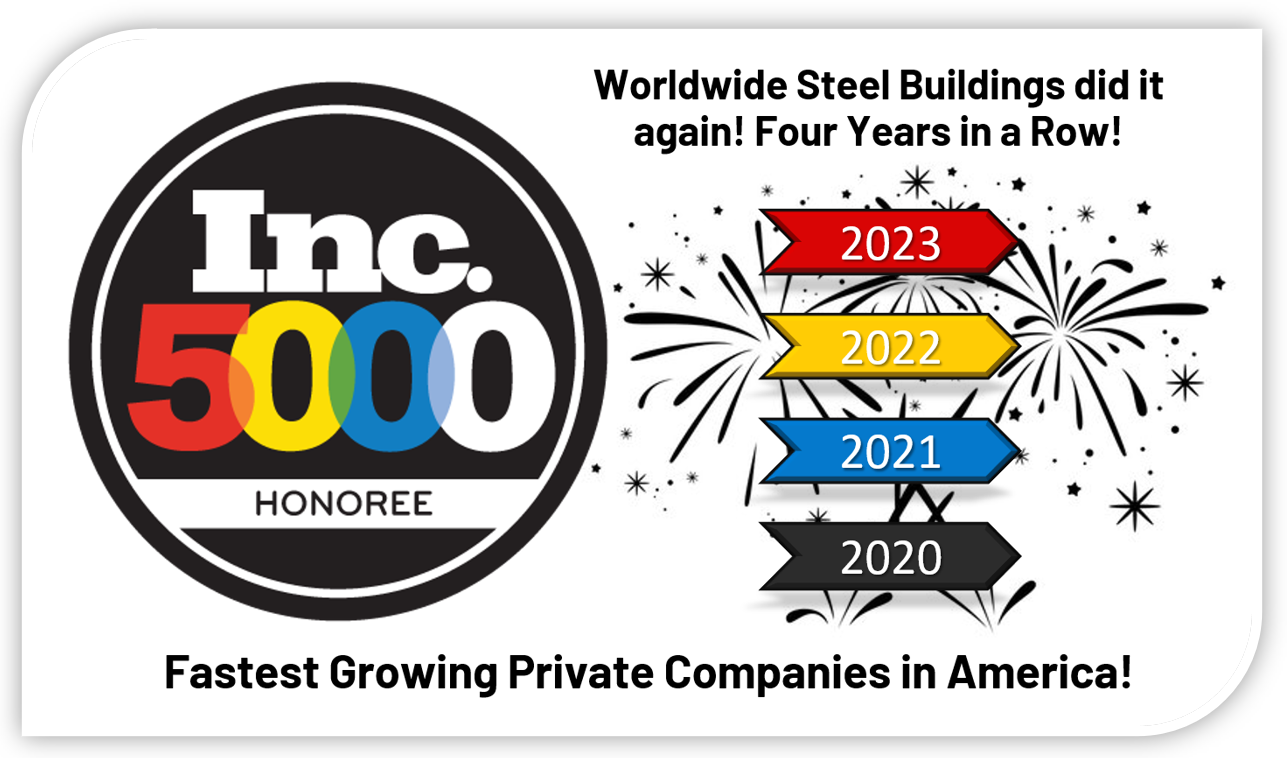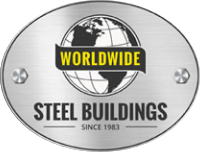« Blog Home
Beat the Heat: AC Units for Metal Building
Choosing the right air conditioning (AC) unit for a metal building is a critical decision for year-round comfort and efficiency. Metal buildings, known for their durability and versatility, have unique climate control needs due to their construction material. While the hot summer months might prompt the immediate need for cooling solutions, it’s essential to consider the broader picture. The changing seasons bring varying temperature extremes, from scorching summer heat to chilly winter days.
This necessity for a versatile climate control solution is especially relevant for steel buildings, where internal temperatures can fluctuate due to external weather conditions. Modern metal building kits offer the flexibility to customize HVAC systems to meet these diverse demands. A robust system that not only cools in the summer but also provides warmth during the colder months is vital.
In this blog post, we’ll dive into the factors to consider when selecting an air conditioning unit for your metal structure. Whether it’s a sweltering summer day or a brisk winter evening, ensuring your metal building is equipped with the right HVAC system is key to maintaining a comfortable and energy-efficient environment year-round. Let’s explore how to achieve this balance, ensuring your space is a comfortable haven in any season.
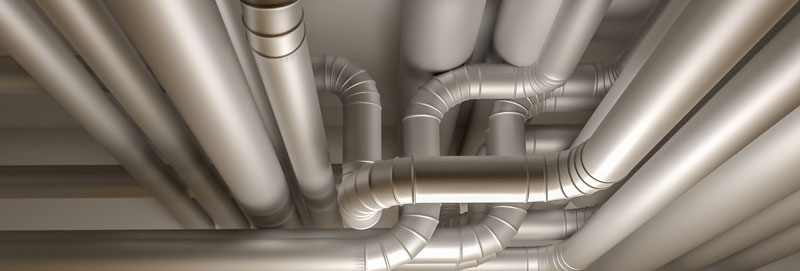
Flexibility to Incorporate Building Systems
Whether you want to air condition the office space within a hybrid warehouse/office structure, or provide climate control for your entire garage, workshop, or single-family steel home, you can plan and lay out your own HVAC (as well as power and other systems) for part or all of your building kit. Need a little help determining what your building needs? Our experienced customer service team can work with you to understand your HVAC and systems needs and customize your building kit to achieve them, with maximum energy efficiency in mind.
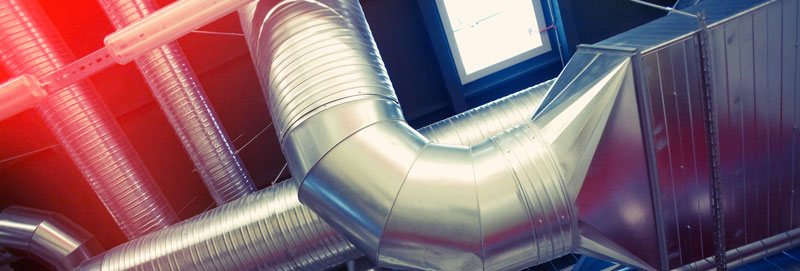
Design Elements to Help You Keep Your Cool
While a central HVAC heating system and cooling system is the primary means of keeping things cool in the warm weather (and vice versa), some of the most basic design elements can also be used to help manage climate and air circulation in your steel building:
- Doorways/openings: With clear span buildings 24-225 feet, our steel building kits allow for large garage door openings on multiple sides of the building to provide cross-ventilation. This is most often a consideration when designing the exterior walls of commercial buildings.
- Windows: Another obvious, but important element: Worldwide Steel Buildings’ clear span designs also allow you to place windows to maximize (or minimize) natural light and ventilation based on your specific building site. Homeowners in particular should consider the climate aspects of their prefab steel building kits. When the weather is pleasant, don’t underestimate the power of opening those windows to circulate some fresh air!
- Ceilings/roofs: The open design of our building kits means you can customize the ceiling height and roof pitch to allow heat to rise to the top of your building, vent out of your building and away from your belongings, equipment – and from you. Our building kits also allow ductwork to distribute warm and cool air throughout every square foot of your building.
- Insulation: While much of the energy-efficient climate control is inherent to the properties and design of your steel building, insulation systems make a major impact, too. Whether you opt for loose-fill, blown-in, batt and roll, reflective insulation, radiant barriers or spray foam, your building can accommodate it.
Factors to Consider When Choosing an AC Unit
Insulation and Sealing Requirements for Metal Buildings
Your metal building needs proper insulation to maintain a comfortable temperature. Insulation is measured in R-value; the higher the R-value, the better the insulation. Also, sealing any gaps, especially around garage doors and eaves, is crucial to prevent hot air from entering and cold air from escaping.
Sizing and Capacity Considerations
Selecting the right size AC unit, measured in BTUs (British Thermal Units), is vital for your steel building. An oversized unit can cause humidity issues, while an undersized one will struggle to cool the space efficiently. Consider the square feet of your metal structure when determining the right size.
Energy Efficiency Requirements
Energy efficiency not only reduces energy bills but also lessens the environmental impact. Look for AC units with a high SEER (Seasonal Energy Efficiency Ratio) rating. The higher the SEER rating, the more energy-efficient the unit is.
Environmental Considerations
Consider the climate of your location. In hot areas like Texas and Florida, a more robust system may be necessary. Conversely, in cooler climates, a less powerful unit might suffice.
Installation and Maintenance Tips
Guidelines for Installation
Proper installation is crucial. For DIY enthusiasts, installing a window unit or mini split may be feasible. However, for more complex systems like a split system or heat pump, professional installation is recommended, especially for commercial buildings.
Maintenance Tips
Regular maintenance, like cleaning filters and checking for leaks, ensures optimal performance and longevity. In metal garages, ensure adequate airflow to prevent warm air buildup.
Stay Comfortable in a Worldwide Steel Building
Selecting the right AC unit for your metal building involves considering factors like insulation, size, energy efficiency, and environmental factors. Whether it’s a mini split for your shop or a full HVAC system for a large steel building kit, understanding your building’s needs is key. Remember to factor in ongoing maintenance to keep your air conditioning system running smoothly, and consider adding supplementary elements like ceiling fans and awnings for additional climate control. With the right approach, you can enjoy a comfortable, energy-efficient space in your metal building.
For more information about the benefits of Worldwide Steel metal building kits, contact us today. You can also start designing your building with our online 3D Building Designer Tool!


